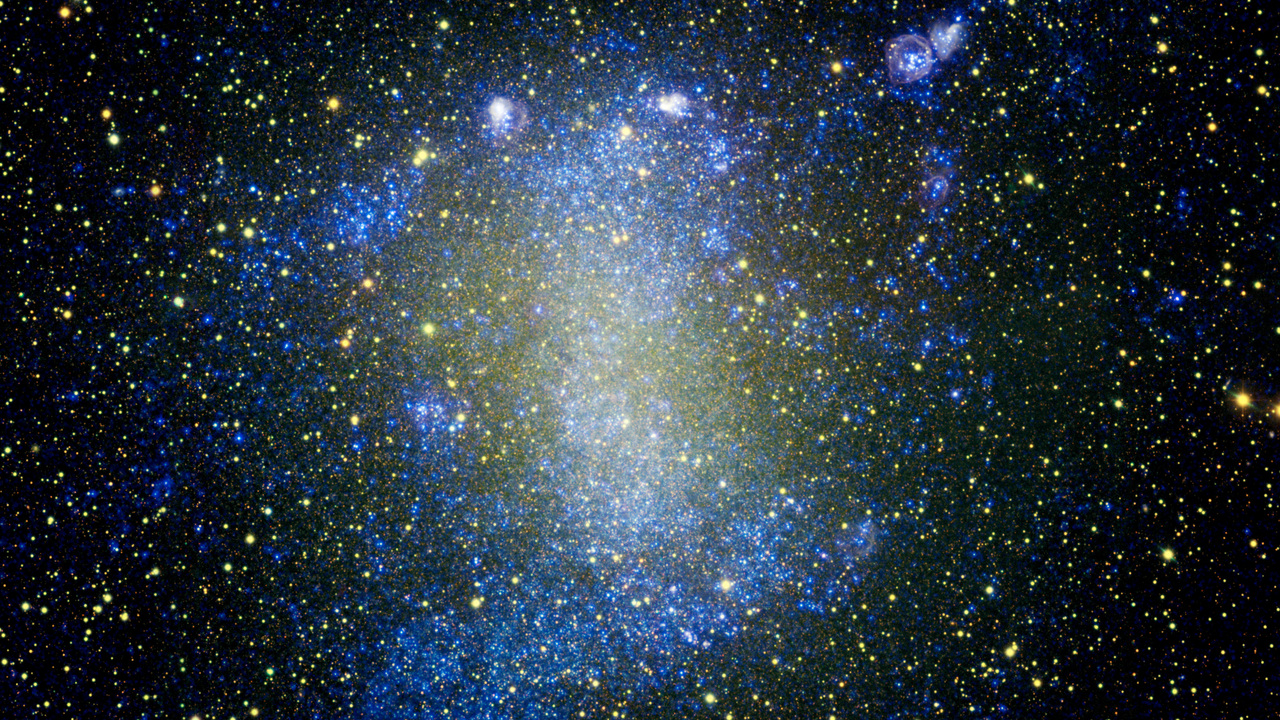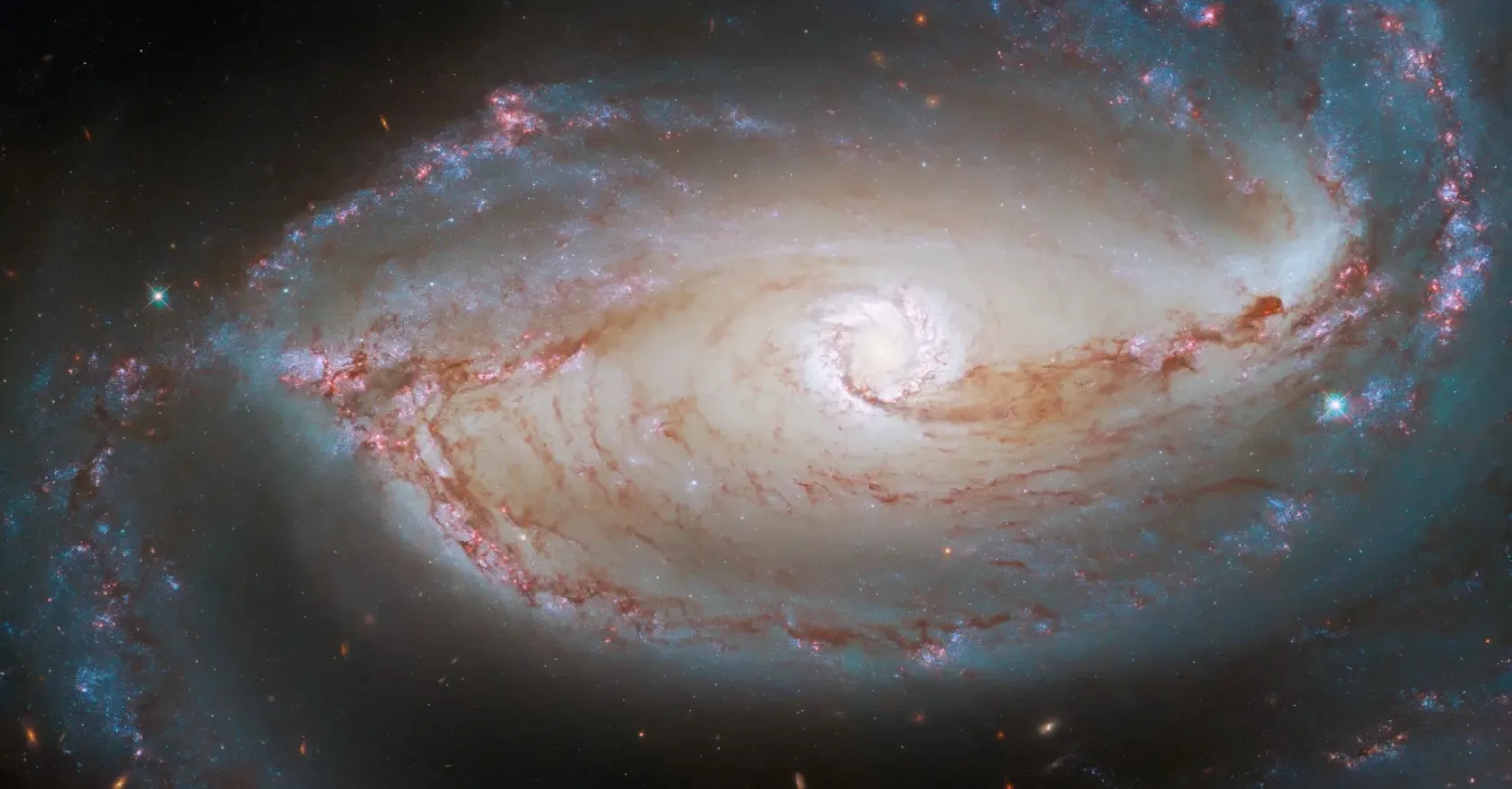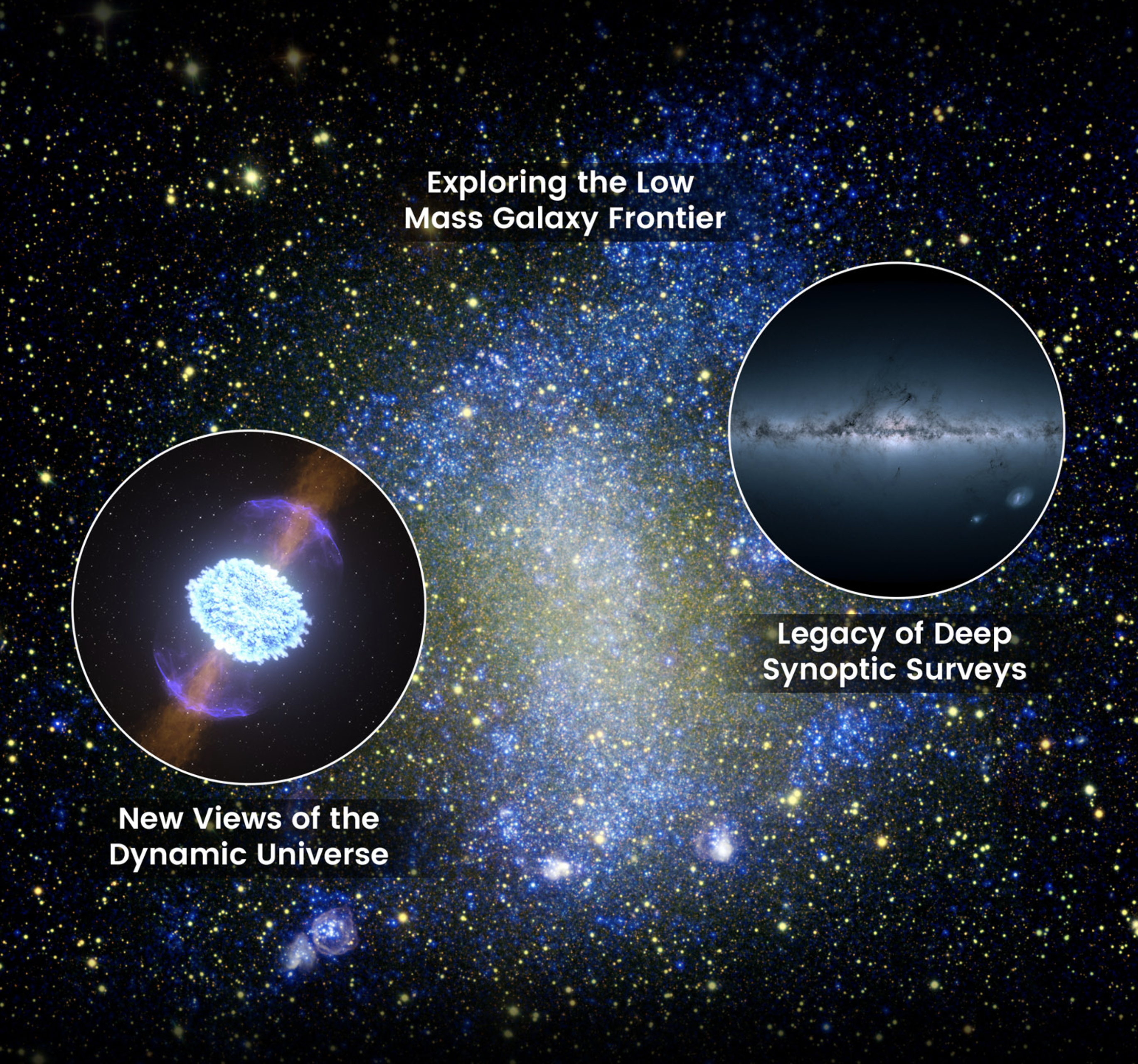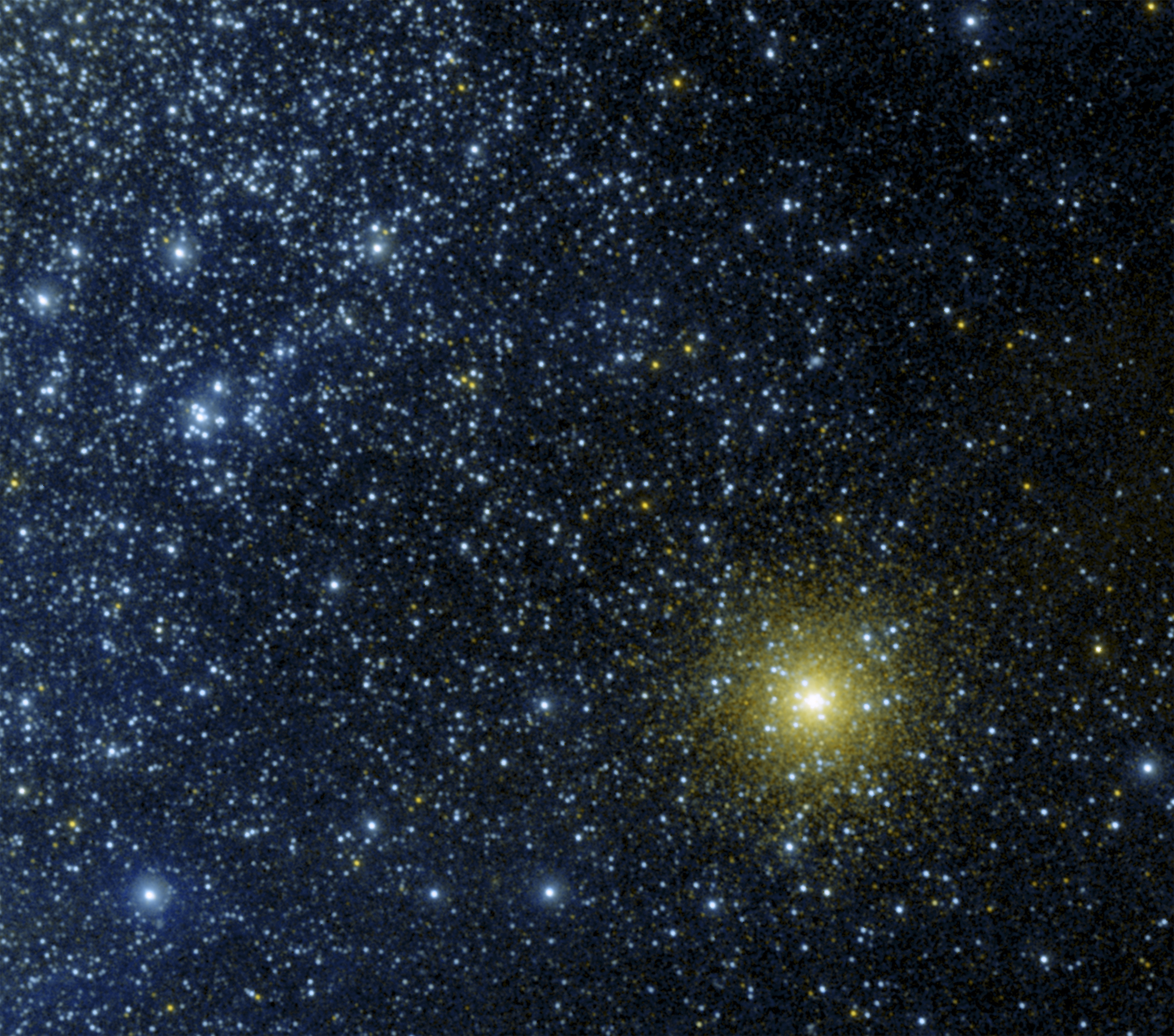Overview:
The Ultraviolet Explorer (UVEX) is targeted to launch in 2030 as NASA’s next Astrophysics Medium-Class Explorer mission. UVEX will undertake a synoptic survey of the entire sky in the near-UV and far-UV, probing the dynamic universe with a sensitivity more than 50 times better than GALEX. UVEX will also have a powerful broadband spectroscopic capability. UVEX will address fundamental questions from the Astro2020 Decadal Survey, and study the evolution of low-metallicity, low-mass galaxies. UVEX time-domain surveys will probe the aftermaths of gravitational wave-discovered compact object mergers, discover fast UV transients, and diagnose the early stages of explosive phenomena.
IPAC will provide the UVEX Science Data Center (USDC). Following the model of other missions supported by IPAC, the USDC will 1) develop data analysis pipelines in collaboration with the UVEX science team; 2) process the data to generate science-ready imaging and spectroscopic data products; and 3) provide real-time alerts to "brokers" for transient detections. USDC will also develop data analysis tools to support community use of UVEX data. IRSA will serve the data products, analysis tools, and documentation to the community.







